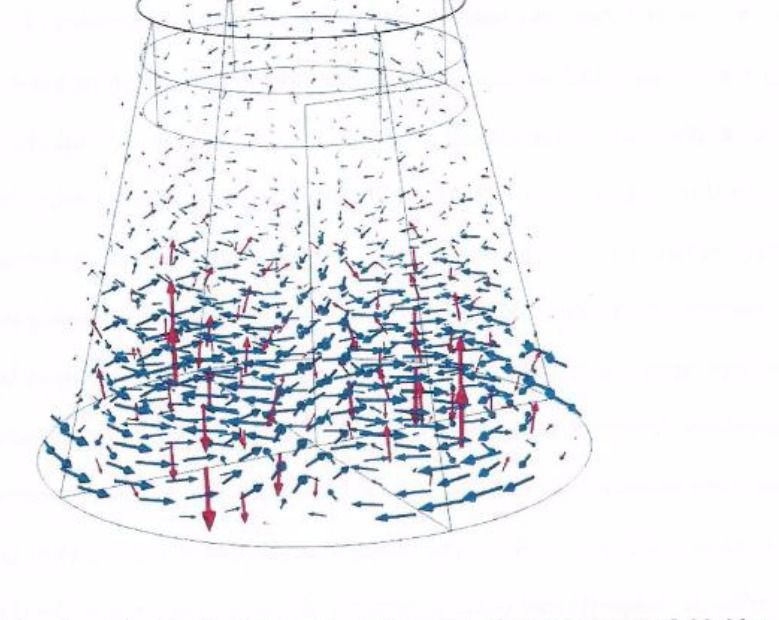In August Hacked covered the rumor, then confirmed by NASA, that a paper by the NASA Eagleworks team, titled “Measurement of Impulsive Thrust from a Closed Radio Frequency Cavity in Vacuum,” to be published in December’s issue of American Institute of Aeronautics and Astronautics (AIAA)’s Journal of Propulsion and Power, a prestigious peer-reviewed scientific journal, will reveal promising experimental results on the controversial, “impossible” EmDrive propulsion system. Now, a NASA Eagleworks paper that could be the December paper, or a draft, has been leaked.
The EmDrive results are often dismissed because they appear to violate the fundamental conservation laws of physics, but possible models for the anomalous thrust effect have been proposed that, while belonging to highly imaginative areas of theoretical physics, could explain the controversial results without violating fundamental conservation laws.
The leaked paper was first shared in the NasaSpaceFlight forum, which is often the primary source of updates for all things EmDrive, and a Reddit thread that was then removed at the request of the Eagleworks authors, then posted with a commentary by tech news site Next Big Future. Of course, the paper could be removed again, and therefore those who want to read it before December might want to download it now.










